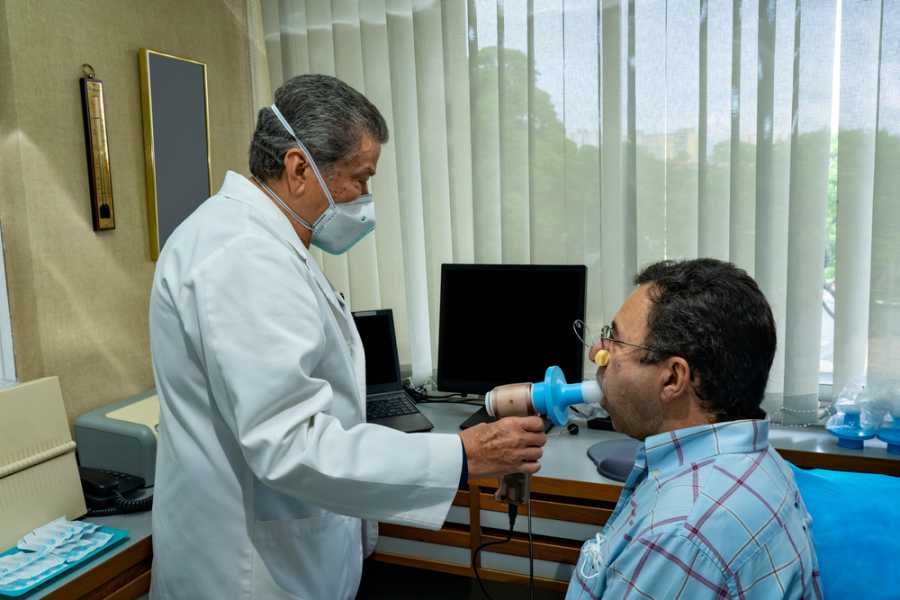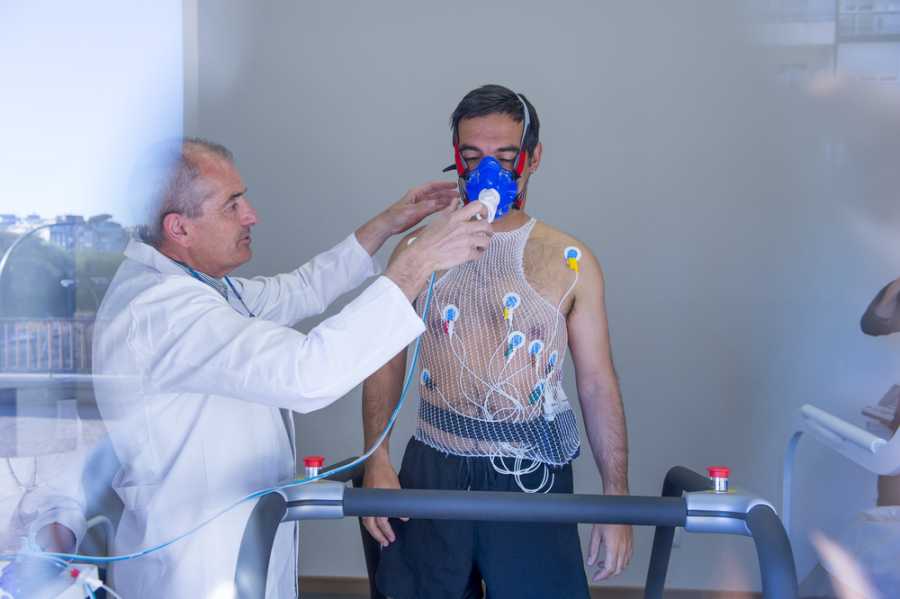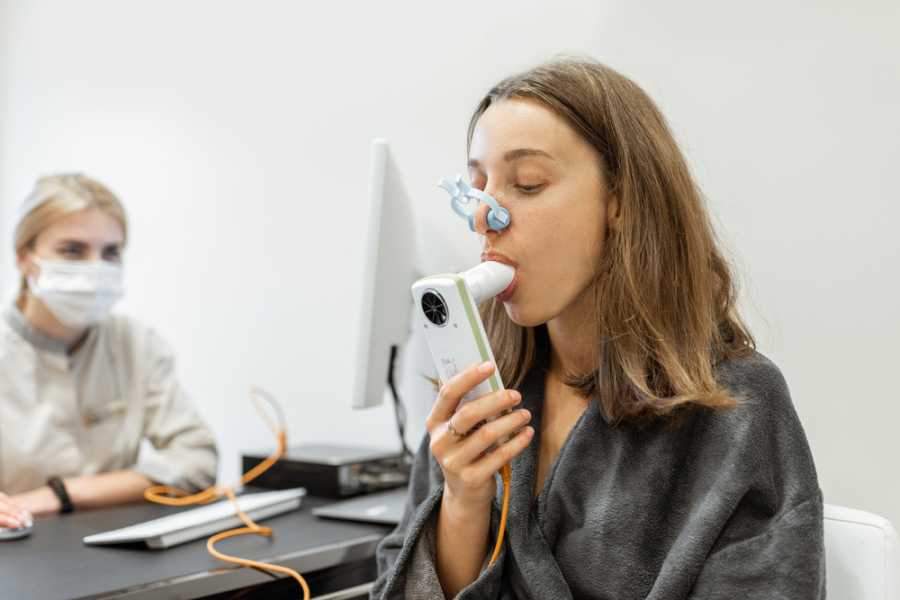Being medical professionals, one of the most common questions we’re often asked is about pulmonary function test in Bakersfield. People are interested in finding out what the process entails, why it’s conducted, and most importantly, how it can benefit them. If you’re also one of those curious individuals, there’s a lot you should know about the pulmonary function test.
What Is Pulmonary Function Testing?
Simply put, pulmonary function tests are non-invasive tests that determine how well your lungs are working. By non-invasive, we mean that the process doesn’t require cutting holes in your body and placing tools inside.
Some of the things this test measures include your lung’s:
- Volume
- Capacity
- Gas Exchange

Types Of Pulmonary Function Test
There are two ways to conduct a pulmonary function test. We may use one or both of them, depending on your symptoms and the information we’re looking for.
Spirometry Function Test
One of the most common pulmonary function tests is known as spirometry function test, or just spirometry. It measures how much air you can breathe in and out, and how long it takes to empty the air out from your lungs.
Spirometry can also help diagnose certain breathing problems, such as asthma and COPD. Moreover, if you’re taking an asthma medicine and you’re interested in finding out whether it’s working fine or not, spirometry can assist with that as well.
While performing spirometry, we’ll ask you to sit in front of a machine and fit a mouthpiece. It’s important to mention here that the mouthpiece should fit perfectly, so all the air you breathe out goes directly into the machine. Additionally, if you’re comfortable, you may have to wear a nose clip. This is done to prevent you from breathing air out through your nose.
You’ll have to repeat the process for a few seconds.
Plethysmography Function Test
In the plethysmography function test, we’ll measure the volume of gas in your lungs, also known as lung volume. The test also checks how much air stays in your lungs after you’ve breathed out as much as you could.
Plethysmography function test is used for several reasons, such as:
- If you’re experiencing symptoms of asthma and COPD, we may conduct this test to determine the damage being done to your lungs.
- If you have a lung disease that’s reducing the amount of space in your lungs, we may conduct a plethysmography function test.
- If the airways in your lungs have narrowed and the test also indicates the same, we’ll determine whether bronchodilators* can help.
(*Bronchodilators are medications that relax and open your airways)

Exercise Stress Test
When performing to the fullest, human bodies require more oxygen. As a result, the heart must pump more blood to fulfill the requirements. Exercise stress test shows if the heart is producing enough blood for the body to continue or not.
While performing the test, we’ll hook you to an electrocardiogram (EKG) machine and ask you to exercise on a treadmill. Then, we’ll monitor your heart rate to determine whether your breathing problems are related to your heart, lungs, or both.
Additionally, depending on the test results, we’ll also recommend the level and kind of exercise you should do that doesn’t affect your health negatively.
What Do Pulmonary Function Tests Measure?
A pulmonary function test measures:
Tidal volume, the amount of air exhaled or inhaled while breathing.
Minute volume, the amount of air exhaled per minute.
Vital capacity, the amount of air that can be exhaled after inhaling as much as you can.
Functional residual capacity, the amount of air left in lungs after exhaling normally.
Residual volume, the amount of air left in your lungs after exhaling as much as you can.
Total lung capacity, the total volume of the lungs when filled with as much air as possible.
Forced vital capacity, the amount of air exhaled quickly and forcefully after inhaling as much as you can.
Forced expiratory volume, the amount of air exhaled during the first, second, and third seconds of the forced vital capacity test.
Peak expiratory flow rate, the fastest rate at which you can force air out of your lungs.
Reasons To Conduct Pulmonary Function Test
Pulmonary function test can help diagnose:
- Asthma
- Allergies
- Respiratory infections
- Lung fibrosis
- Chronic bronchitis
- Pulmonary tumor
- Chest muscles’ weakness
- Lung cancer
- Chronic Obstructive Pulmonary Disease (COPD)
- Scleroderma, a disease that affects your connective tissues.
- Sarcoidosis, a condition that causes your lungs, liver, lymph nodes, eyes, and skin to inflame.
- Asbestosis, an illness caused by exposure to asbestos.
- Bronchiectasis, a condition that causes your lung airways to stretch and widen.

Affordable Pulmonary Function Test in Bakersfield
At Onsite Medical Services, we believe that seeking quality healthcare services shouldn’t have to cost an arm and a leg. And it’s evident from the affordable pulmonary function test in Bakersfield we offer.
Being the best pulmonologists in Bakersfield, we greatly understand the intricate details of the healthcare industry. That’s why we follow the latest health practices, giving you a completely safe and reliable experience.

